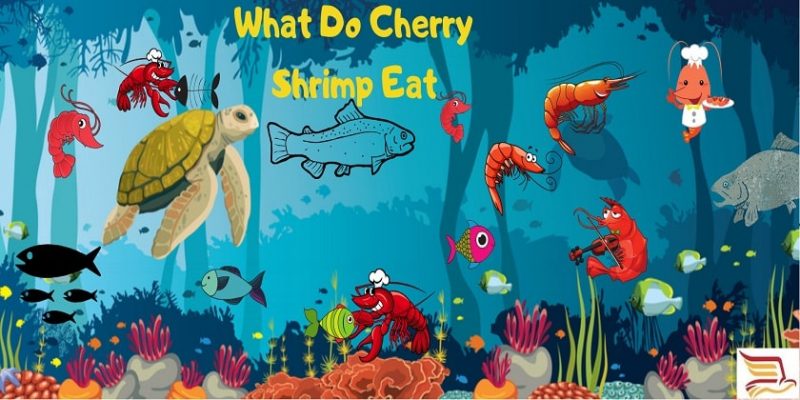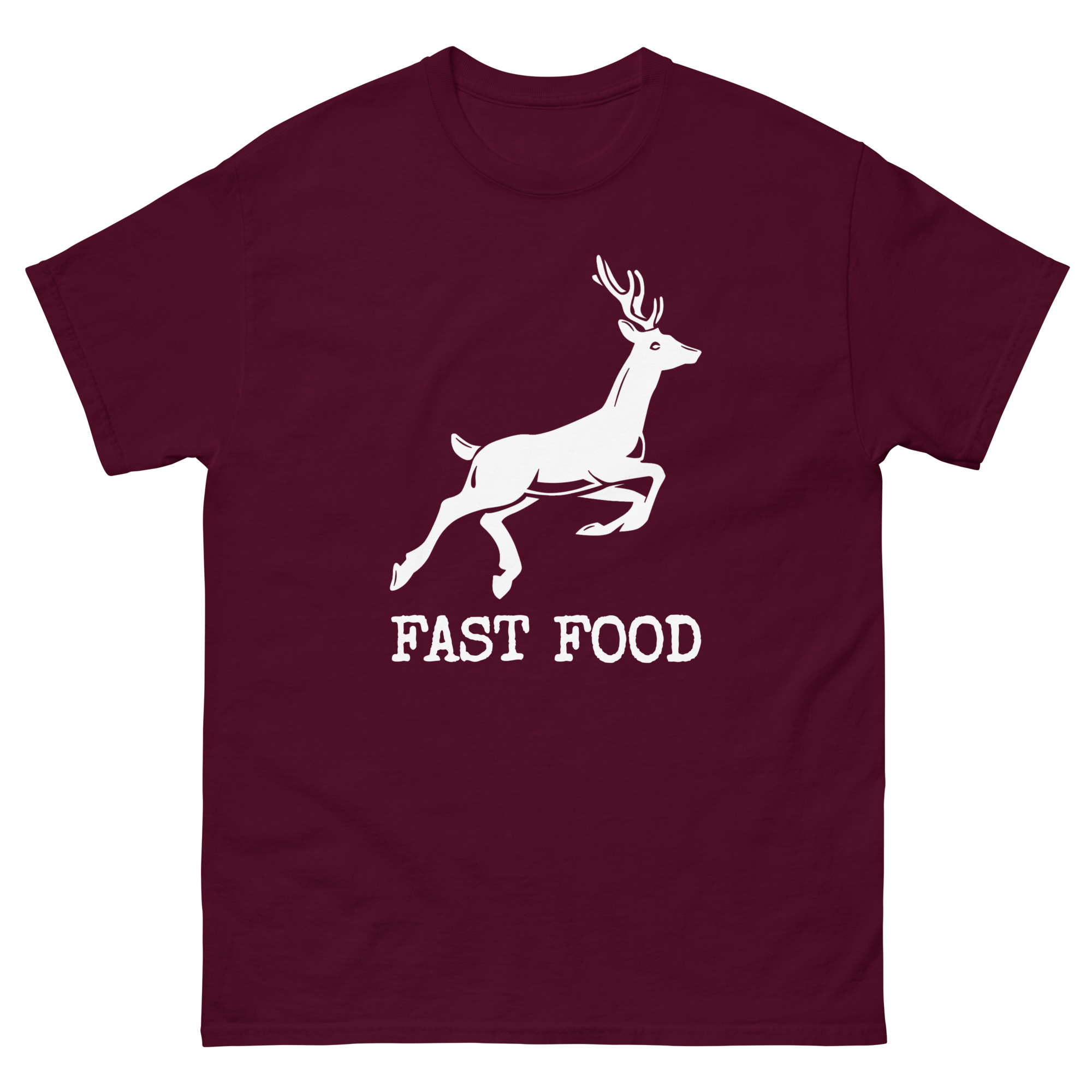Brine shrimp is a saltwater invertebrate that eats planktonic algae. The scientific name of brine shrimp is an Artemia salina and it belongs to the genus of aquatic crustaceans. These 1 cm lengthy animals live in the Great Salt Lake located in the northern part of the USA in a large amount. There are many other shrimp species available but brine shrimp are truly remarkable invertebrates. If you are a shrimp lover then keeping the ghost shrimp and the red cherry shrimp is also interesting.

Brine shrimp are very important organisms for the Great Salt Lake ecosystem. They are food for millions of birds as they prepare to nest or migrate around the globe. One interesting fact about the brine shrimp is, that their habitat is worldwide, and their populations are found in inland saltwater lakes, but not in oceans. The diet of the shrimp in the ocean is different than the diet of brine shrimp in the lake and your aquarium.
Scientific Classification Of Brine Shrimp
| KINGDOM | ANIMALIA |
| CLASS | BRANCHIOPODA |
| ORDER | ANOSTRACA |
| PHYLUM | ARTHROPODA |
| SUBPHYLUM | CRUSTACEA |
| FAMILY | ARTEMIIDAE |
| GENUS | ARTEMIA |
What Do Brine Shrimps Eat?
Brine shrimp are passive filter feeders, which means they collect whatever is in the water and sweep it into their mouths. Brine shrimp eat microscopic organisms primarily that live in the salty lake. The food of brine shrimps is generally a species of green algae called Dunaliella.

If there is less availability of Dunaliella in a lake, brine shrimps will feed on diatoms and golden-brown algae. Cultured or aquarium brine shrimp can also be fed particulate foods including yeast, wheat flour, soybean powder, or egg yolk.
Brine shrimp produce dormant eggs, also known as cysts. Brine shrimp (nauplii) or Crustacean larvae, do not feed but consume their own energy reserves stored in the cyst in their first stage of development. The wild brine shrimp feed on planktonic algae when becoming an adult.
Brine Shrimps Food
- Whey: – It is the watery part of milk that remains after the formation of curds. Whey protein is considered a completely healthy food for brine shrimp. It is available at both, online and offline pet stores, shrimp will love to consume it.
- Yeast:- Yeast is a microscopic fungus consisting of single oval cells that reproduce by budding, and are capable of converting sugar into alcohol and carbon dioxide. Brine shrimp-like eating the yeast.
- Commercial fry food:- This food is specially designed for brine shrimp and is available in pet care shops, online and offline.
- Soybean powder: – Soybean flour or powder is also known as Kinako. Soybean meal contains one of the best essential amino acid profiles of all protein-rich plant feedstuffs. This food is at the top of the list of brine shrimp diets.
- Wheat flour: – Wheat flour is easily available and high in nutrients. Shrimp will eat the flour with joy.
- Fish meal: – The fish meal is basically a commercial product. It is mostly made from fish that are not generally used for human consumption. The fish meal portion is made from the bones and leftovers of wild-caught and small marine fish. It is an excellent source of highly digestible protein, essential vitamins, and minerals for brine shrimp.
- Egg yolk: – yolk is the nutrient-bearing portion of the egg. Moreover, it is a healthy food for brine shrimp.
How To Raise Brine Shrimps?
Raising the brine shrimp in your aquarium sounds really interesting but it’s not an easy task to do. Brine shrimp is an excellent live food for the fish you keep in the water tank. Brine shrimp give important lipids, vitamins, and amino acids many fish need.
Artemia produces dormant eggs, known as cysts. cysts can be stored for long periods and hatched on demand to provide an appropriate form of live feed for larval fish and crustaceans. More than 2000 tonnes of dry Artemia cysts are marketed worldwide annually. You may follow a few steps in order to breed and keep the brine shrimp in the tank or aquarium:-
Step-1 Set Up A Brine Shrimp tank
The very first step is to set up the tank in which you will breed the brine shrimp. For setting up the tank, all you need is a 10-gallon tank, air pump, Sponge filter, a package of brine shrimp cysts, tank heater, thermometer, aquarium salt mix, a 1-gallon container with a lid, hydrometer for measuring salinity, gravel vacuum, flashlight and reverse osmosis water 10 gallons. All of this necessary equipment will be found in any pet store offline and online.

Choose the best location for the tank near the electric switches to plug in the pair pump and the heater. Place the tank far from windows, doors, direct sunlight, or air conditioners. It’s because a sudden change in water temperature may create an unsuitable environment for brine shrimp. Remove dust from the tank and rinse it properly.
Create a saltwater mixture with the help of reverse osmosis filtered water and aquarium salt. Add the water and salt as per the given instructions in the packet. Fill the mixture into the tank. Keep the salinity of the water in the tank always around 30-35 ppt.
Add an air-powered sponge filter to the tank to provide proper air and filter the tank water. Further, attach the air pump to the sponge filter with the use of airline tubing. Install the heater and the thermometer, as per the instructions by manufacturers. Adjust the heater and keep the temperature between 68°F-79°F
Step-2 Hatching Brine Shrimps
You may easily buy a packet of dehydrated brine shrimp cysts from an online and nearby pet or aquarium store. You have to place the cysts in the water carefully. They will start hatching after 13 to 18 hours if the tank has the correct temperature and salinity.
The most important factors in hatching the brine shrimp are maintaining temperature and salinity. In the development process, brine shrimp go through a series of 14 to 17 different stages. Newly hatched brine shrimp larvae are called nauplii.
According to the University of Utah, United States, brine shrimp can develop to adulthood in as little as 8 days and it normally takes 3 to 6 weeks for brine shrimp to reach maturity. The availability of food and oxygen should be high in the tank for better growth of shrimp.
It is so far the best setup for Hatch Brine Shrimp you may use. Simply fill it up with saltwater to the water line inside the bottom bowl, put the white plastic ring and the small sifter inside, add Brine Shrimp eggs into the water in the outer area put the lid on, and leave it alone.
Brine shrimp will increase their population so rapidly. It is really full of amusement watching them grow and become small shrimp from tiny cysts.
Step-3 Feed To The Brine Shrimps
Overfeeding is harmful; feed the brine shrimp in a small amount but several times a day. Brine shrimp eat Yeast, pureed greens, powdered eggs, and milk, and spirulina. These are the best food options for brine shrimp as they are not picky eaters.

There are many enrichment foods are available at most of the aquarium stores. You may order bulk food online for your shrimp.
Feeding the brine shrimp may make the tank dirty with food. You really need to clean the tank properly. For that, making a reserve of saltwater is a good idea to keep the saltwater on hand for when you change the tank water.
While cleaning the tank, you will need to be careful about the small and the tiny shrimp. They can be sucked through the pump. The use of the air-powered sponge filter is suggested for cleaning the tank.
Step-4 Harvest The Brine Shrimps
You may start harvesting brine shrimp after 8 days. You can catch them with the use of the net and feed the other fish. Adult brine shrimp eat various diets and feeding good food to brine shrimp is important to grow them healthy and heavy.
After 10 minutes of Turning off the circulation system, the empty cyst shells will float to the surface, and unhatched cysts will sink to the bottom. You may directly feed the brine shrimp to the fish.
Can Humans Eat Brine Shrimps?
Brine shrimp are widely used as a portion of live fish food. The human does eat the brine shrimp actually. Besides that, brine shrimp is absolutely digestive and high in protein and omega-3 fats. There are numerous ways recopies of eating brine shrimp. It is healthy seafood for humans.
Did you ever breed brine shrimp? or maybe you know what brine shrimps eat?…well if you are about to breed and keep brine shrimp, you may ask in the comment section. let us know if this article was helpful and informative for you…






Thanks-a-mundo for the post.Really looking forward to reading more. Really Great.
I know this web page offers quality dependent articles or reviews and other material, is there any other web site which gives such information in quality?
This is a comprehensive article. i am requesting to know more about river prawn breeding processes and how to feed the hatchlings.
You made some good points there. I looked on the internet
for additional information about the issue and found most individuals
will go along with your views on this web site.
I’m about to try my second attempt of a brine shrimp colony. Last time I tried to do this in a homemade mason jar freshwater ecophere. I was planning on keeping their population breeding and reproducing viable offspring in balance with the rest of the ecoshere in the mason jar, but I didn’t realize you were not supposed to dump the entire 6 gram vial of eggs into a standard mason jar (there is such a thing) sized and shaped ecosphere. The brine shrimp cysts were so dense in that the 6g brine shrimp/mason jar was so high it blocked out the sun for a lot of the plants and made the water murky. They never hatched. So I added some Arm and Hammer Baking soda (sodium bicarbonate) to the already poor, over saturated freshwater ecosphere with plants shrouded in sea monkey cysts. The only surviving organism from that ecosphere in my new ~1 gallon aquarium is a Mariano Moss ball. I also brought the dead remains of a Java Fern leaf and the dead trunk of a Hygrophilia corymbosa to recycle those nutrients remaining in them and providing shelter to small creatures that may be added later. The moss ball has split and several times and is starting the propagate, but starting to grow in different areas of the aquarium in the agitation of the aquarium waves, currents I created incidentally when I rotated/moved it. I have other things in there to that make it a virtually self-sustaining ecosystem and I hope to add more complexity to them as time goes on. And do more similar ones too!